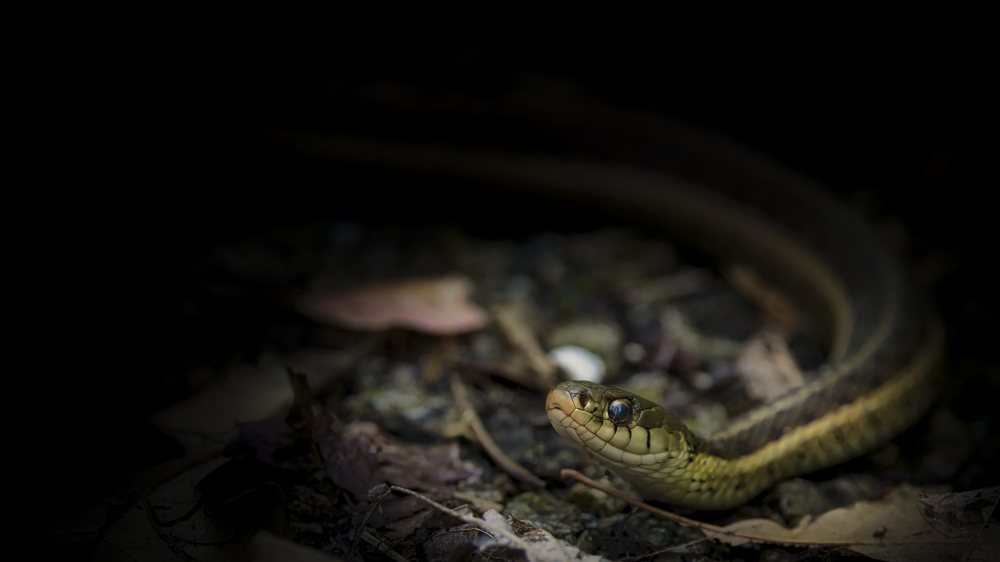
Red-tailed Hawk
(Buteo jamaicensis)
The red-tailed hawk (Buteo jamaicensis) is a large bird of prey that is native to North America. It is one of the most common and widespread hawks in the continent, found throughout the United States, Canada, and parts of Mexico. Here are some key points about the red-tailed hawk:
- Physical Description: Red-tailed hawks are relatively large raptors, with an average length of 18-26 inches (45-65 cm) and a wingspan of 43-56 inches (110-143 cm). They have broad, rounded wings and a short, wide tail with a distinctive brick-red color, which gives them their name. Adult red-tailed hawks have dark brown feathers on their back and wings, with a light-colored breast and belly. Juveniles have a streaked or mottled appearance.
- Habitat: Red-tailed hawks are adaptable birds and can be found in a wide range of habitats including forests, open fields, deserts, mountains, and even urban areas. They prefer areas with open spaces for hunting and perching, such as grasslands and agricultural fields.
- Diet: These hawks are carnivorous and primarily feed on small mammals like mice, voles, rabbits, and squirrels. They also eat birds, reptiles, amphibians, and occasionally carrion (dead animals). Red-tailed hawks are skilled hunters and use their sharp talons to catch and kill their prey.
- Behavior: Red-tailed hawks are known for their soaring flight, utilizing thermal air currents to glide and conserve energy while searching for prey. They are solitary birds outside of the breeding season and can be territorial, defending their nesting and hunting areas from other hawks. They are also known for their distinctive "kree-eee-ar" call, often heard during flight or territorial displays.
- Breeding: Red-tailed hawks form monogamous pairs during the breeding season. They build large nests made of sticks and lined with softer materials like leaves and grass. Nests are typically located in tall trees or on cliffs, providing a vantage point for hunting. The female lays 1-4 eggs, which are incubated by both parents for about a month. The chicks hatch and are cared for by both parents until they fledge and become independent.
- Conservation Status: Red-tailed hawks are not currently considered endangered or threatened. Their populations remain stable and they have successfully adapted to human-altered landscapes. However, like many birds of prey, they face threats such as habitat loss, illegal hunting, and collisions with vehicles.
Red-tailed hawks are magnificent birds and play an important role in controlling rodent populations and maintaining the balance of ecosystems. They are also commonly observed and appreciated by birdwatchers and nature enthusiasts.
